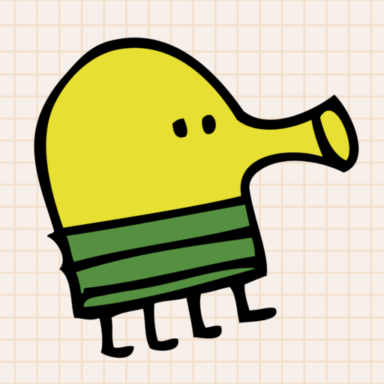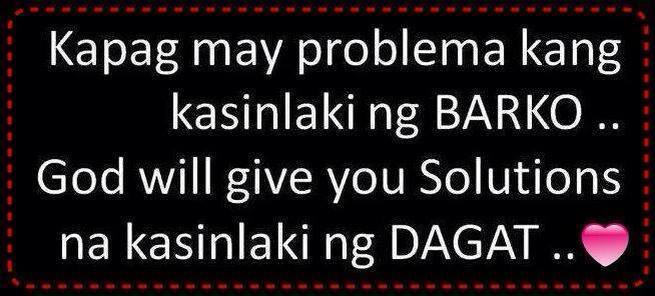Background
With more than 1.2 million refugees, mostly from Burundi, the Democratic Republic of Congo (DRC), Rwanda, Somalia and South Sudan, Uganda is one of the top-most refugee hosting countries worldwide. Due to the ongoing crisis in South Sudan, many further refugees currently cross the border to Uganda.
An assessment conducted by UNHCR in August 2015 revealed that 97 percent of refugees use firewood for cooking and that they have to walk 4-10 km on average to access firewood. The situation has been exacerbated by the use of inefficient three stone fires by 65 percent of refugee households.
Wood consumption in and around settlements surpasses natural replenishment and has consequently led to deforestation and forest degradation. It is furthermore contributing to conflicts over firewood between refugees and the host communities.
For domestic lighting, a majority of households uses firewood, dry cell batteries and phone torches, while so far only 5 percent use solar products.
The Pilot Project
The pilot project “Sustainable Use of Natural Resources and Energy in the Refugee Context in Uganda” is funded by DFID and implemented by Deutsche Gesellschaft für Internationale Zusammenarbeit (GIZ) GmbHand the World Agroforestry Centre (ICRAF). The aim is to pilot an integrated and innovative approach to natural resource management by creating sustainable solutions to improve access to energy, water and other ecosystem goods and services for refugees and host communities. Imvepi and Rhino Camp settlements located in Arua District/West Nile sub-region have been selected as implementation areas.
Due to its vast experience in creating sustainable access to energy – EnDev Uganda is in charge ofthe implementation of the energy component of the project. In order to set a robust baseline, EnDev Uganda has implemented three assessments, interviewing 400 refugee and host community households, 30 energy business owners and 8 focus groups. First results from the assessments in the Rhino Camp and Imvepi settlements reveal that:
the majority of households (85%) uses firewood for cooking and heating,
76% of households use a three stone fire for cooking,
improved cook stoves only account for only 14%,
the majority of cook stoves are distributed for free by donor agencies,
households on average use 10-12 kg of firewood/day,
charcoal is mainly used during the rainy season and in trading centers,
use of kerosene, LPG and briquettes could not be recorded,
solar lighting is mainly distributed to Persons with Special Needs (PSN) and Extremely Vulnerable Individuals (EVI),
70% of households use improvised techniques of lighting using e.g. a set of dry-cell batteries.



